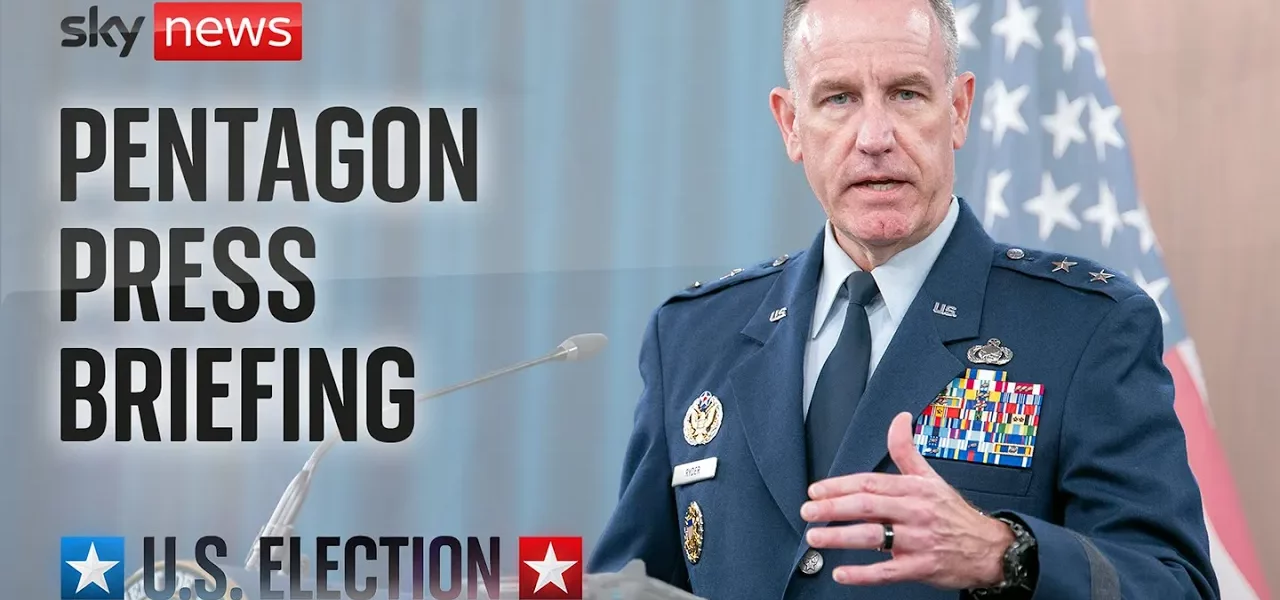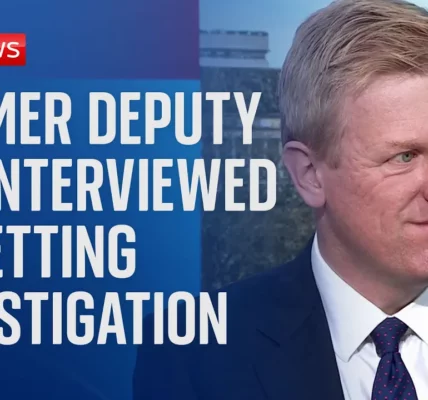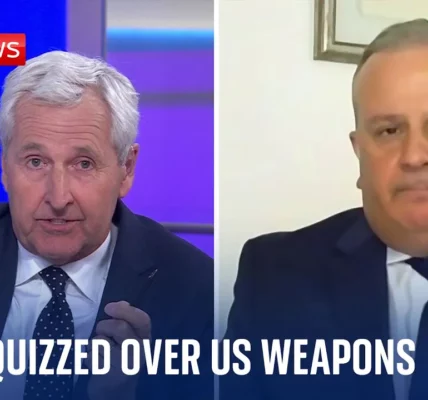Secretary Austin Discusses Ukraine Battlefield Dynamics with Minister Umarov

In a recent phone call, U.S. Secretary of Defense Lloyd Austin engaged with Ukrainian Minister of Defense Rustam Umarov to discuss critical updates on Ukraine’s ongoing military operations and the implications of Russia’s continued aggression. This article explores the key points from their discussion, the broader military context, and the evolving strategic landscape in both Ukraine and the Middle East.
Introduction
The ongoing conflict in Ukraine has drawn significant international attention, particularly regarding military support from the United States. In a crucial conversation, Secretary Austin and Minister Umarov addressed the current battlefield dynamics and the impact of Russian attacks on Ukrainian operations. This discussion is set against the backdrop of a complex geopolitical landscape that includes the Middle East, where U.S. military posture is also under scrutiny. Understanding these dynamics is essential for comprehending the future of U.S. foreign policy and military strategy in these regions.
Current Battlefield Dynamics in Ukraine
During the phone call, Minister Umarov provided Secretary Austin with an update on the situation in Ukraine, highlighting the ongoing challenges posed by Russia’s military actions. The following points summarize the key aspects of their discussion:
- Impact of Russian Attacks: The Russian military continues to conduct aggressive operations against Ukrainian forces, which have resulted in significant casualties and destruction.
- Ukrainian Operations: Despite these challenges, Ukrainian forces have made notable advances in certain regions, demonstrating tactical adaptability and resilience.
- Defense Needs: The conversation included discussions about Ukraine’s urgent defense requirements, underscoring the need for continued support from the U.S. and its allies.
U.S. Military Support for Ukraine
The dialogue between Austin and Umarov also focused on the upcoming Ukraine Defense Contact Group meeting. This forum is vital for coordinating military assistance and discussing Ukraine’s most pressing defense needs. Key takeaways from this section include:
Ongoing Assistance
The U.S. Department of Defense has committed to supporting Ukraine for as long as necessary, providing military capabilities to help deter further Russian aggression.
Future Collaborations
- Engagement with NATO allies to enhance military logistics and support.
- Discussion of specific weapon systems requested by Ukraine, which are crucial for their operations against Russian forces.
- Continued assessments of the battlefield situation to adapt support mechanisms accordingly.
Developments in the Middle East
In addition to the focus on Ukraine, Secretary Austin addressed the U.S. military’s posture in the Middle East, particularly in response to Iranian threats and regional instability. Highlights from this discussion include:
Bolstering U.S. Forces
The U.S. has made adjustments to its military presence in the Middle East to enhance force protection and ensure readiness to respond to potential escalations.
Ceasefire Efforts in Gaza
Efforts to secure a ceasefire in Gaza are ongoing, with the goal of bringing hostages home and ending the conflict. The U.S. remains focused on diplomatic solutions while maintaining military readiness.
Conclusion
Secretary Austin’s conversation with Minister Umarov underscores the complexity of the current geopolitical landscape, with ongoing military operations in Ukraine and heightened tensions in the Middle East. The U.S. commitment to supporting Ukraine against Russian aggression remains steadfast, while also addressing security concerns in the Middle East. As these situations evolve, it is crucial for the U.S. to maintain open lines of communication with its allies and adapt its strategies accordingly. For more information on U.S. military support and international relations, visit our related articles on defense strategies and geopolitical analysis.
“`




